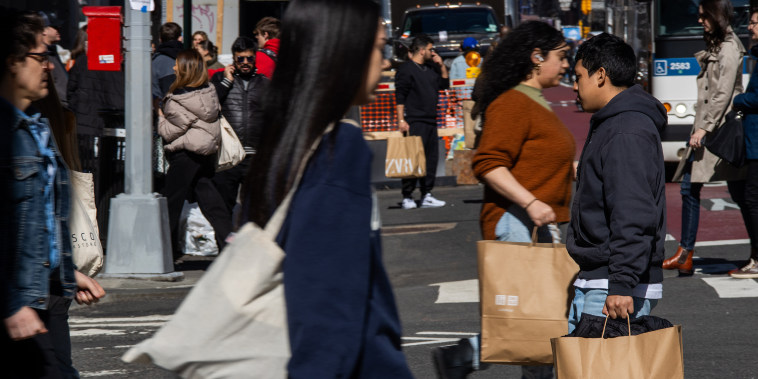Despite several retail companies reporting robust earnings for the most recent financial quarter, the outlook for a consumer comeback remains hazy at best. Though the earnings performance has outperformed expectations cast in the gloom of the pandemic, broader economic signs show consumer spending as still extraordinarily unpredictable.
One of the strongest performers for the week in retail was Walmart, a consistently reliable metric for consumer behavior due to its dominant market position. Walmart beat expectations with a stellar earnings report, thanks to increased sales in its core food and household goods categories, along with rapidly growing contributions from its online sales division. Yet, despite the retail giant’s success, this positive financial report should be seen more as an outlier than a norm in the current economic climate.
The underlying factors contributing to the buoyant performance of many retailers are unique to the pandemic situation. This includes the influx of stimulus checks, wage supplement grants, excess savings due to limited opportunities for spending, and the shift in spending from services to goods. These elements created a temporary boost that allowed some retailers to exceed expectations. For instance, retailers like Home Depot and Lowe’s capitalized on the home improvement trend during the lockdown, echoing the sentiment that consumers are spending, but the spending priorities have pivoted drastically.
Furthermore, richer segments of the population have managed to maintain their spending largely uninterrupted, thus bolstering luxury brands’ performance. Department store Macy’s, for example, reported robust earnings, driven by high-end purchases such as jewelry and fragrances. While it may seem like an uptick for the industry, the disparity points towards a K-shaped recovery, where the rich get richer while the poorer segments continue to struggle.
While retailers are reporting positive earnings, larger economic indicators show a different story. The U.S. Census Bureau reported a 1.3% decline in April’s retail sales compared to March. Unpredictable spending patterns, coupled with the ongoing unemployment crisis, create a potentially volatile situation. Many people are still living paycheck to paycheck, with little disposable income to infuse into the retail sector, resulting in uneven recovery patterns.
Moreover, inflation is beginning to creep up, reducing consumers’ purchasing power. Consumer prices rose 0.8% in April, the most significant rise since 2009, according to the U.S. Department of Labor. The rising inflation rate could squeeze consumers further, making them more cautious about spending.
Even as vaccinations become more widespread, the post-pandemic future remains uncertain for the retail industry. Paying attention to consumer behavior changes, such as the continuing growth of online shopping and the focus on value and convenience, will be essential for retailers’ sustainability. In the end, strong weekly earnings reports for some retailers, though promising, are far from signaling a definitive, broad-based consumer spending comeback.




